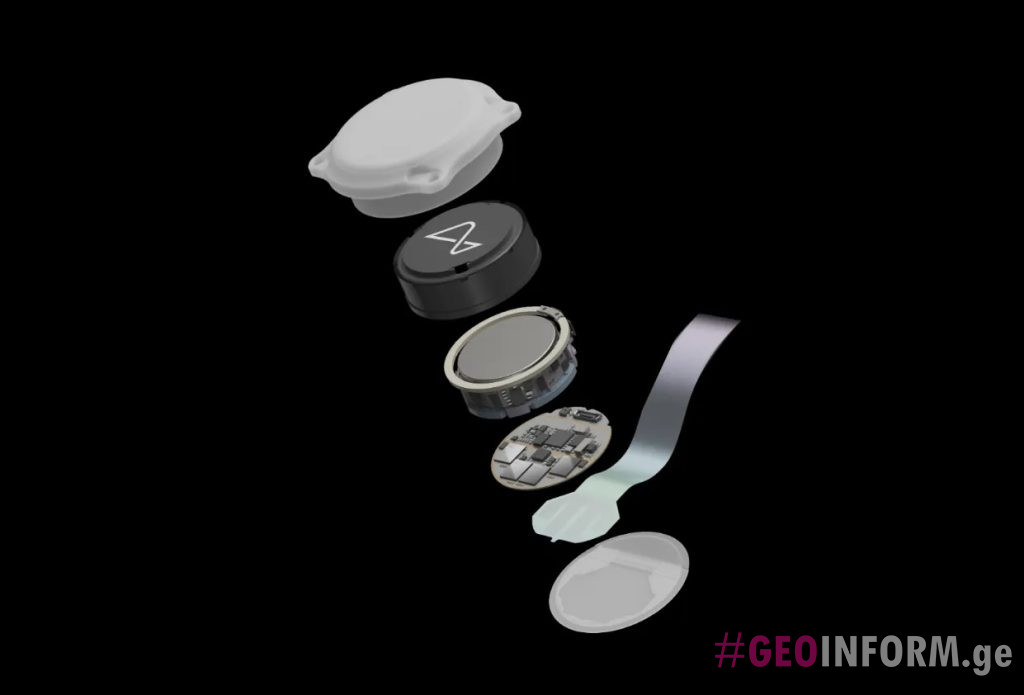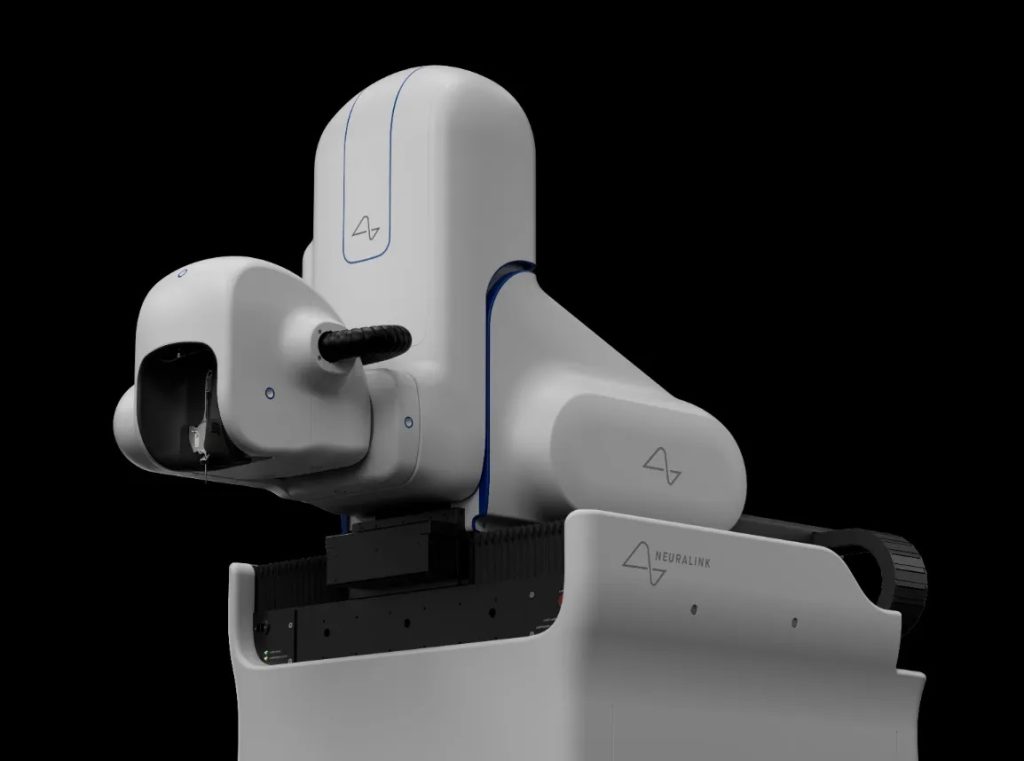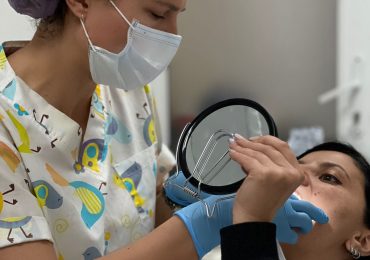Neuralink, founded by famous billionaire Elon Musk, has achieved a significant breakthrough by successfully implanting a wireless chip into the human brain for the first time. This was the result of many years of research and careful work by a team of scientists and engineers.
Researchers spent a long time developing this high-tech implant, including testing on animals, before the company decided to move forward with implanting the chip into the human brain for the first time. This step carries enormous potential for humanity, but also raises questions about possible risks and consequences.
Already at the end of 2022, Elon Musk announced his plan to create a chip designed to remotely control smartphones and laptops, as well as to help people with various diseases. Neuralink also aims to help restore vision and develop mind control interfaces for people with disabilities.
Read also: NATO is preparing for Russian missile attacks in Europe
Neuralink began operations in 2016 and, after several years of rigorous research and animal testing, received approval. FDA to begin clinical trials on humans. The implantation of a chip in the human brain was made possible thanks to intensive scientific efforts and a desire for innovation.
Neuralink can treat the effects of stroke, heart attack, Alzheimer's disease, Parkinson's disease and dementia
The company's revolutionary chip has the potential to transform the treatment of various diseases, including stroke, heart attack, Alzheimer's, Parkinson's and dementia. The chip developers are confident that their development will help in fully restoring people’s vital functions and overcoming many medical challenges.
The first successful implantation of a chip in the human brain opens a new era in medicine and neurotechnology, offering hope for new treatments and improved quality of life for millions of people around the world.
The Striving for Symbiosis of the Brain and Neuralink Technology
Neuralink, a company founded by Elon Musk, announced the creation of a wireless chip implanted in the human brain. This event is a promising step in the development of neurotechnology and opens new horizons for medicine and science.
The goal of Neuralink is not only to solve problems associated with brain diseases, but also to create an interface “brain-machine”, which will allow humanity to achieve symbiosis with artificial intelligence.
Read also: Starlink is now available in Georgia
Elon Musk emphasized that the human brain already has digital superintelligence, in the form of smartphones and computers, but the problem lies in the speed of interaction. According to Musk, the majority of people use only two fingers to type, while information enters the brain much faster.

What does the N1 Neuralink chip look like?
What does the N1 Neuralink chip look like? Musk's N1 chip is a key element in this technological revolution. A specially designed 4x5 mm processor contains up to 1024 electrodes with an expansion potential of up to 10 thousand. N1 electrodes, thinner than a human hair, are designed for minimal impact on the body and high precision when implanted.
To implant electrodes into the human brain, Neuralink has developed a special robot that provides high accuracy and minimal risk of damage to blood vessels. The N1 implant, hermetically sealed in a biocompatible housing, is designed to control a computer or mobile device.
The energy required to operate the chip is provided by a small battery, which is charged wirelessly from the outside using a compact inductive charger.
The Neuralink chip promises to be a new stage in the evolution of technology, opening up opportunities for innovation in medicine related to the treatment of various brain diseases, as well as for the development of interfaces between humans and technology.
Neuralink debate: Madness or Breakthrough?
Neuralink, Elon Musk's company, has unveiled a wireless chip implanted in the human brain, ushering in a new era in neurotechnology. However, this has caused a wave of discussion and criticism related to the ethical and practical aspects of using such technologies.
Read also: YouTube Premium is now available in Georgia!
The N1 Neuralink chip has the unique ability to process neural signals and transmit them to the Neuralink application via a wireless network. The implant's electrodes record neural activity distributed across 64 filaments, while minimizing possible damage.
Scientists have raised concerns about Musk's company ethics
However, several organizations and scientists have expressed concerns about Neuralink's ethics and the safety of the experiments. The Physicians Committee for Responsible Medicine said there were documented cases of animal cruelty, including painful and deadly experiments on monkeys.
Elon Musk denied such accusations, claiming that no monkeys were harmed by the implantation of the N1 chip. However, experts such as Professor Kiminobu Sugai have raised concerns about the risk of infection and inflammation due to the presence of an implant on the surface of the brain.
Implant insertion device – the N1 Neuralink chip

A WIRED investigation found that Neuralink prefers to hide the negative consequences of its experiments. According to the data, some monkeys died as a result of toxic glue leaking from the implant, which led to deformation and rupture of the brain.
The secrecy surrounding the experiments has raised public and scientific concerns, highlighting the need for transparency and ethical discussion regarding the use of neurotechnologies in animals and humans.







